November 2018
Sneak Teak: How an Asian Tree Became the World’s Most Prized Furniture
Read more
In the quarter-century or so that the benefits of self-care have been on our radar, wellness has become big business. As the wellness movement has grown across the globe, it’s become its own sector of the hospitality economy, with a 14% increase in revenue between 2013 and 2015, to a mind-boggling $3.7 trillion. Yes, trillion. But guests in search of wellness in hospitality are no longer content with indoor fountains, miniature Zen gardens, and cucumber water in the lobby; they want meaningful experiences that take their well-being seriously, and help them feel relaxed, rejuvenated, and ready to tackle work and life challenges with a newly recalibrated mind-set.
And just because some visitors seek out novel wellness experiences doesn’t mean that others don’t appreciate the enhanced relaxation that’s inherent in wellness-focused hospitality design. The truth is that travel, even when it’s done for fun, can be stressful. Guests are away from home, separated from all their creature comforts, and thrown into a new environment they may know nothing about. For these travelers, it becomes that much more important to have an experience that reduces stress, makes them feel supported, and gives them a safe place to decompress after a long day of exploration.
To meet the need for new and memorable wellness experiences, hospitality designers are forgoing the Asia-themed spa designs that were popular for decades and creating contemporary spaces with clean lines and natural lighting and design elements. They’re focusing on these trends:
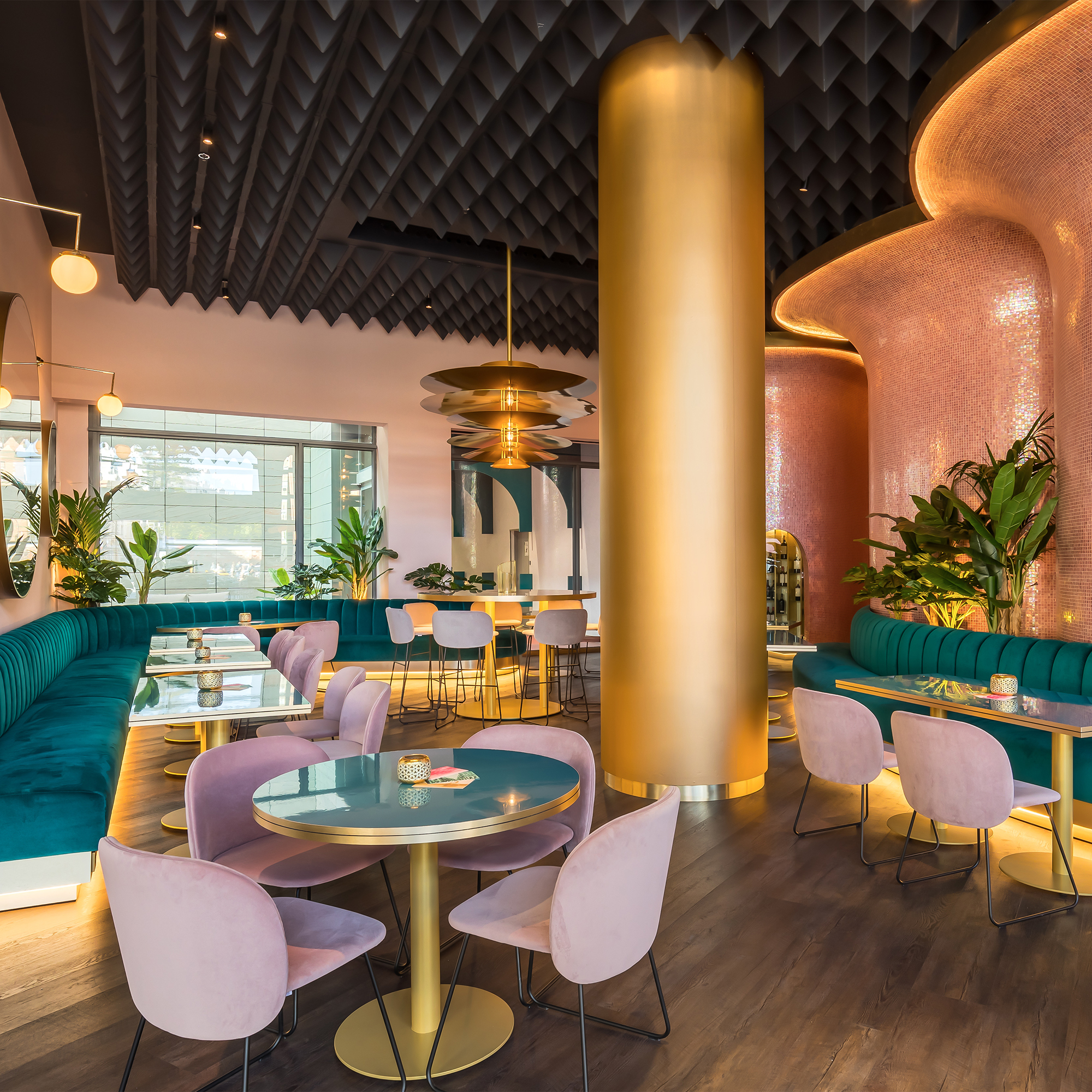
Facilities look beautiful and make customers feel healthier and happier.
This starts with sensory management—control of the temperature, air quality, noise, and lighting. For example, a hotel could incorporate circadian lighting, which helps regulate mood and sleep-wake patterns.
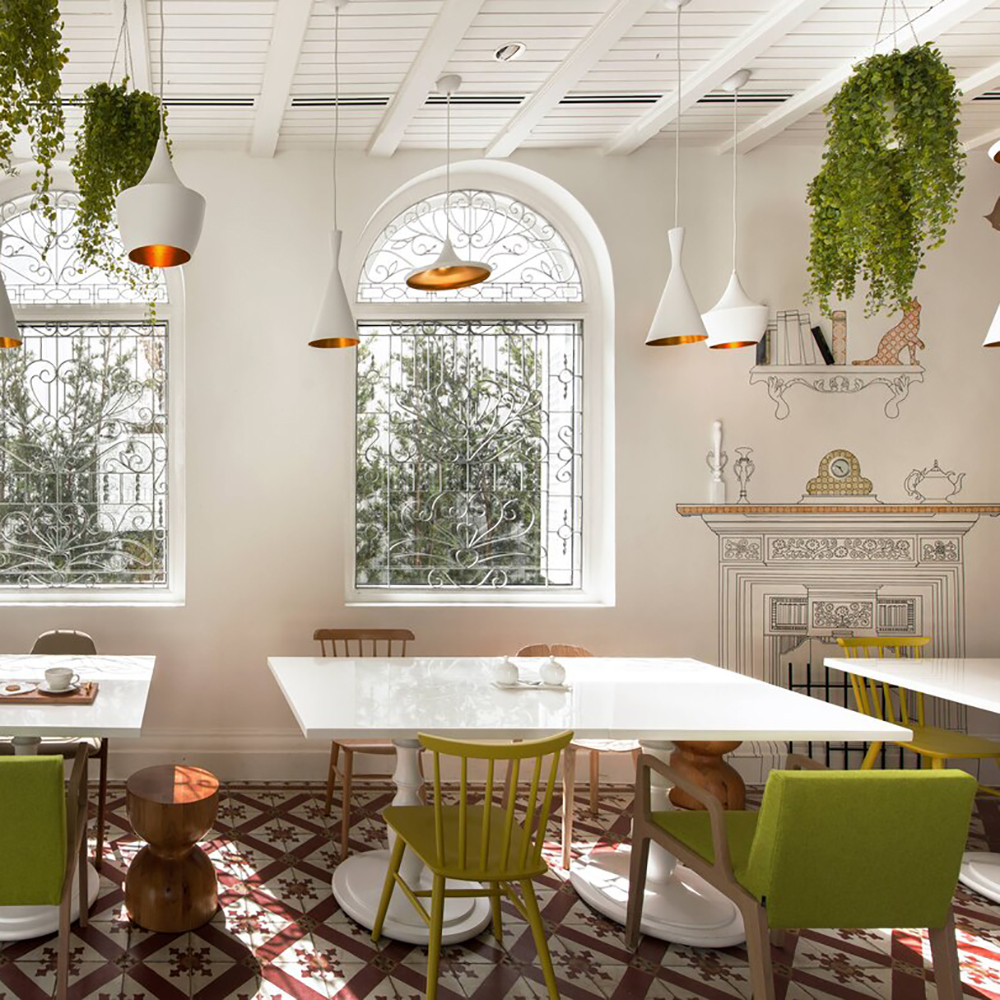
Direct and indirect exposure to nature.
Biophilic design Is on the rise, and with good reason: it creates a feeling of fluid boundaries, where the guest can move seamlessly between indoor and outdoor spaces, and reconnect with the natural world.
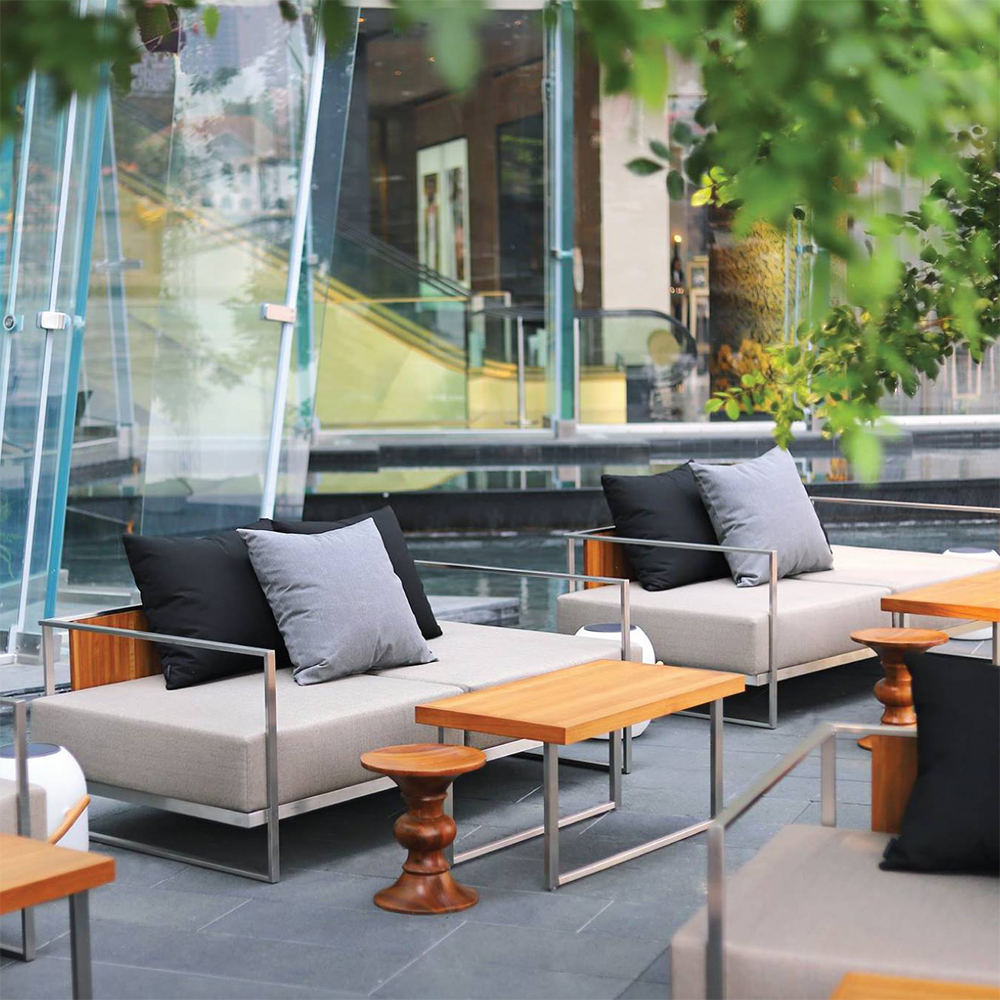
Good ergonomics.
Whether outdoor sofas and chairs, bar stools, or workstations, guests want to feel comfortable and supported. Hospitality furniture that appeals to the senses invites lingering and conversation, and will get more use—and potentially better online reviews—that if you skimp.
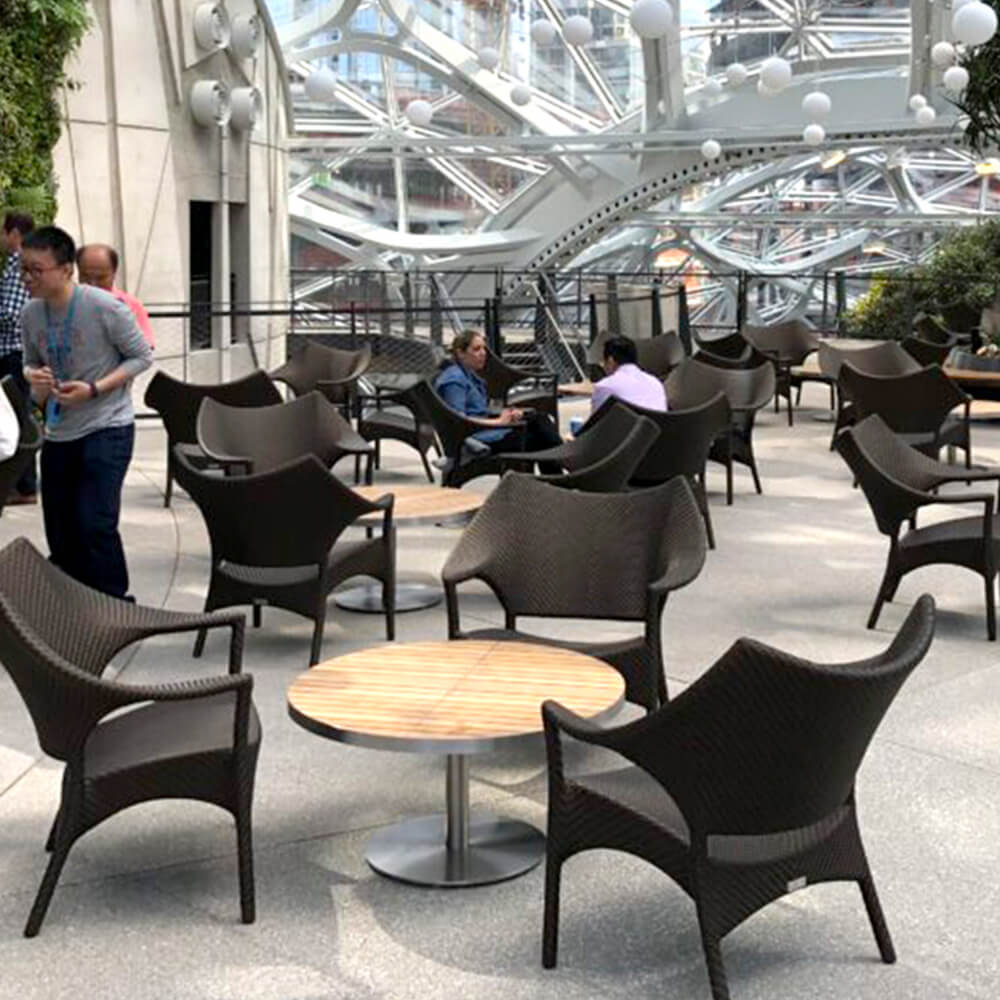
Social connectivity.
With our culture spending more time on their phones and tablets than they do in face-to-face interaction, guests are now looking for hospitality experiences that bring them together with like-minded people. Multifunction spaces, where guests can listen to talks, watch demonstrations, participate in a hands-on activity, or share ideas, are becoming more popular.
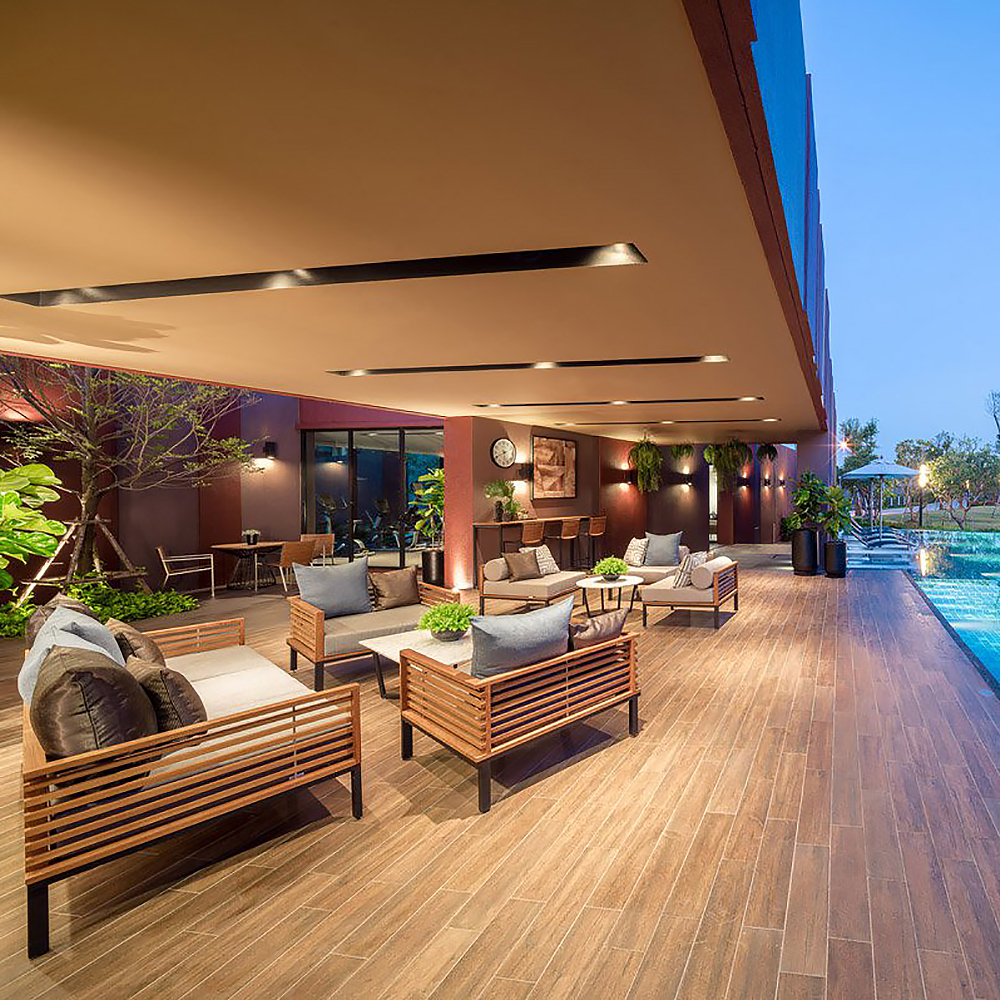
Sustainability.
It’s a no-brainer that wellness is linked to taking care of the planet. Hotels, resorts, and restaurants that make real commitments to being sustainable, by using eco-conscious building materials, LEDs and low-flow appliances, furniture made of teak and other sustainable hardwoods, and by offering live flower and edible gardens, are reaping the rewards.
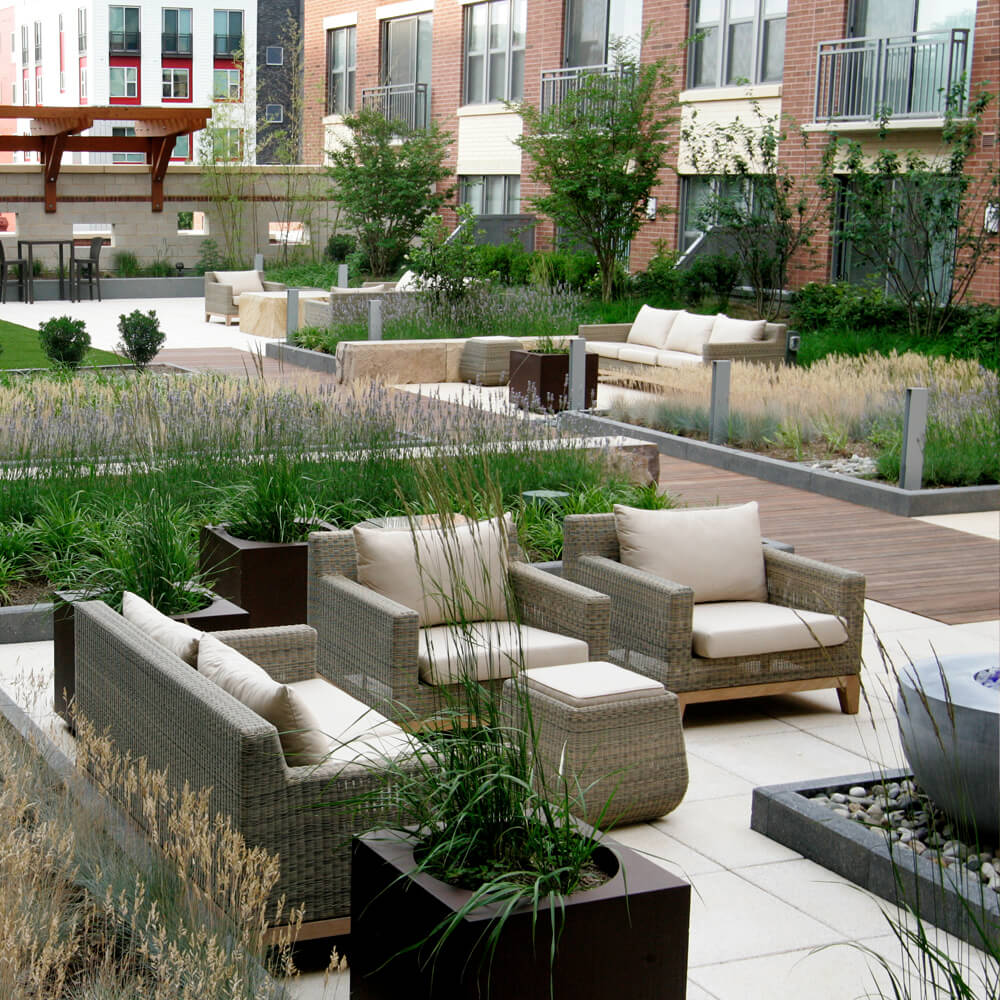
Less pampering; more decompressing.
While spas and salons aren’t going anywhere, more and more guests are looking for experiences that attend to their mental health. This might take the form of fitness and yoga classes, meditation gardens, and spaces for walking and quiet contemplation or reading.
While one guest might love a singing-bowl meditation room and another might prefer a cooking class, finding ways to incorporate wellness in hospitality design is a smart strategy. Not only will it translate to experiences that have a memorable effect on guests—and encourage them to come back and spread good word of mouth—but it also makes your brand stand out as one that cares for people and wants them to feel their best during every visit.
Waking Up to Wellness: How Smart Hoteliers Are Building a Healthier Future
How Wellness Is Transforming Hospitality and Design
4 Outdated Hotel Design Ideas to Avoid